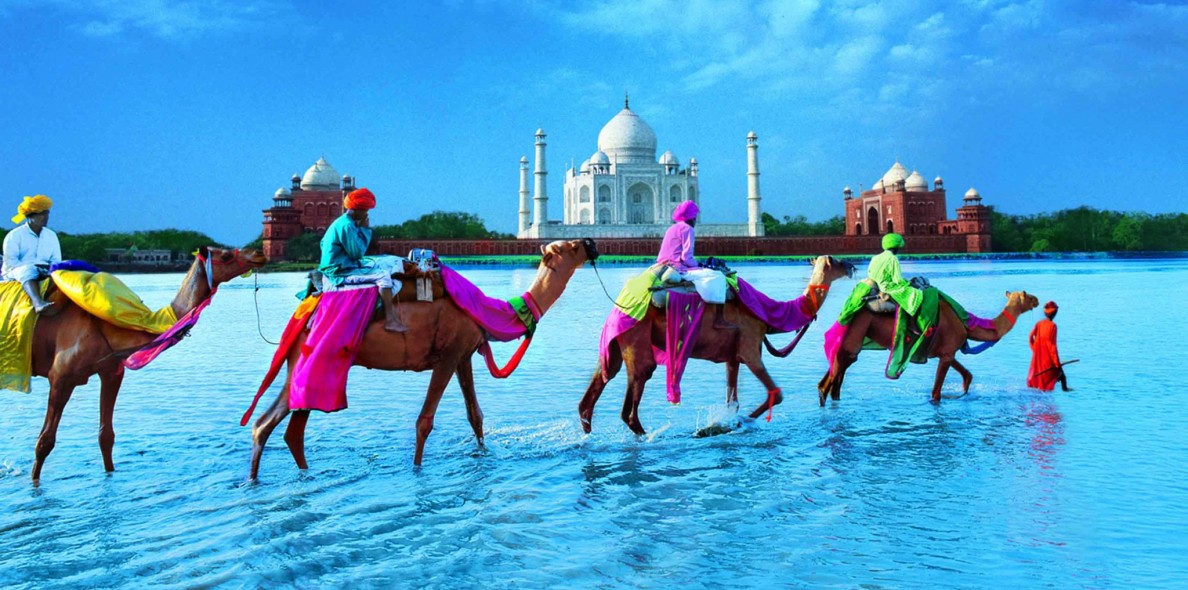Mumbai: The 2018 World Travel & Tourism Council (WTTC) Economic Impact Research has forecasted India to be among the world’s fastest-growing tourism economies in coming years, adding 10 million jobs to its economy by 2028. India’s economy is growing fast and has the world’s largest young workforce, with a glut of semi and low-skilled labour.
Being very much a service-focussed sector, Travel & Tourism requires large numbers of exactly these kinds of employees — both men and women. So it’s uniquely positioned to power job growth for India, providing secure livelihoods for vast numbers of people, in places where other types of employment are often not present.
But there will be challenges. For India to add the 10 million new jobs in line with WTTC forecasts, a number of factors need to be considered.
Here are five key issues:
Increasing the Number of Hotel Rooms
There’s a serious scarcity of hotel beds in India. This is a particular problem in the mid-price and budget sectors. The growth rate in demand for hotel rooms is around 6 per cent whilst supply is only growing by 3 per cent. With hospitality providing a large component of jobs in the Travel & Tourism sector, encouraging investment in hotel development offers a huge opportunity. Tax rates are currently a hot topic as well. A recent change in Government Service Taxes means that tax on hotel rooms is significantly higher than elsewhere: it’s up to 28 per cent for luxury hotels compared with only 7 per cent in Thailand and 6 per cent in China.
Providing Training and Development
As the tourism sector grows, it will need more people with higher level of skill sets too. If they’re not available in India, senior staff will be brought in from overseas. Upskilling the local workforce and providing training for young people, in particular, will help drive indigenous job growth. The Ministry of Tourism is making good progress in this regard. It has a target of training five million people by 2022. There are now 36 Hotel Management Institutes across the country but demand continues to outstrip supply. For India to meet its skill development targets, it needs to increase the number of these programmes and make it more accessible. A stronger public-private collaboration that creates high-quality on-the-job training and apprenticeship models will be important for driving up skill levels too.
Improving Digital Infrastructure
Improving internet access, stability and connection speeds will help power growth in jobs in the sector on many levels. Increasing numbers of transactions for Travel & Tourism are taking place online and ensuring that networks are robust and fast enough to handle them is critical. But there’s a wider opportunity here too. India is already known for the quality of its tech industry. There’s an opportunity for more local tech companies to come into the market with innovative products — particularly aimed at domestic tourists. We’re seeing this already with homegrown peer-to-peer accommodation sites helping fill the budget accommodation gap, ride sharing apps and more.
Improving Domestic Transport Links
For many countries, domestic tourism is significant, often accounting for over 70 per cent of Travel & Tourism’s contribution to GDP. For India it’s exceptional, delivering nearly 90 per cent. Expansion of the Travel & Tourism sector and the jobs that come with it is being powered primarily by domestic tourism. Making it easier for India’s burgeoning middle class (some 250 million people) to travel more within India, will promote further hasten growth. Thanks to a drastic reduction in outdated legislation, domestic air travel grew nearly 20 per cent in 2017. No less than five new regional budget airlines servicing over 100 routes were launched. This has encouraged thousands of families to explore flying for the first time. It has also started to open up more far-flung parts of the country to international tourists. The next, more challenging task is upgrading India’s busy rail system and chaotic road network. This will take longer and require very significant investment.
Wider Promotion to Lure Overseas Tourists
Perhaps the biggest opportunity for India though is inbound tourism. Due to better promotion —particularly with the Incredible India marketing campaign — overseas arrivals have been growing fast and a jump in employment has followed. But the numbers are a fraction of the potential. Whilst India welcomed around nine million visitors last year, Thailand had over 30 million. India has a vast amount to offer with an unspoilt coastline, verdant rainforests, myriad temples and a rich cultural heritage. A new Incredible India 2.0 campaign was launched in late 2017. But further work and investment in promoting India and developing ‘Brand India’ will be essential for an increase in international tourist numbers and associated jobs growth. Many of India’s neighbours are spending large sums on sophisticated promotional work. It’s a competitive market.
The opportunities for job growth in India’s Travel & Tourism sector are huge. Broadly, the country looks on track to deliver, bringing greater prosperity to millions. Covering 185 countries, all the Economic Impact Reports are free. Find out more here : www.wttc.org/research/economic-research/economic-impact-analysis/





